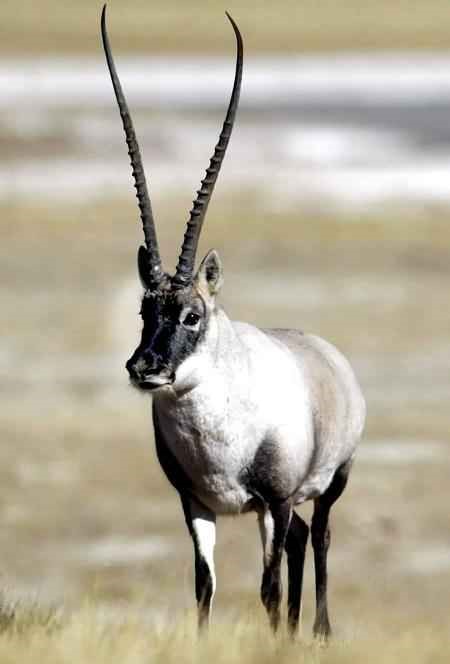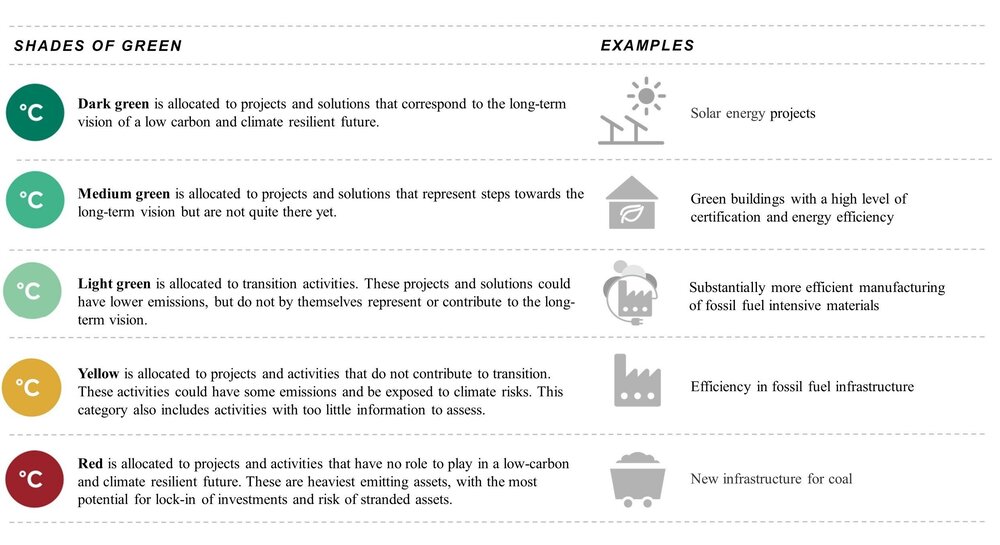Pashmina shawl traders filed a plea for modern forensic methods to differentiate between Pashmina and Shahtoosh guard hair.

The Union Minister of Petroleum and Natural Gas inaugurated Asia's largest Compressed Bio Gas plant at Lehragaga, Sangrur in Punjab.
|
|
Biogas |
Natural gas |
|
Origin |
Biogas is produced in an anaerobic digester from an organic feed-stock. |
Natural Gas occurs naturally with petroleum deposits. |
|
Composition |
Mainly bio methane and Carbon dioxide. |
Mainly Methane. |
|
Energy Type |
Renewable Energy |
Non-renewable Energy |
The Union Finance Minister clears the sovereign green bonds framework that was rated ‘Medium Green’.
In Budget 2022-23, the Government proposed to issue sovereign green bonds to mobilise resources for green infrastructure.
|
Proceeds Funding Included Areas |
Proceeds Funding Excluded Areas |
|
Renewable energy Energy efficiency Clean transportation Water and waste management Pollution prevention and control Green buildings |
Nuclear power generation Hydropower plants larger than 25MW Landfill projects Alcohol/weapons/tobacco/gaming/palm oil industries |

|
Sovereign bond is a specific debt instrument issued by the Government. It is issued to finance the fiscal deficit and manage the temporary cash mismatches of the government. Green bonds are debt instruments issued by an entity for raising funds from investors and the proceeds of a green bond offering are used towards financing ‘green’ projects. To know more, click here. |
Astronomers have spotted three near-Earth asteroids (NEAs) hiding in the glare of the Sun. One of these asteroids is the largest ‘potentially hazardous’ object.
|
Near-Earth objects (NEOs) are asteroids or comets of sizes ranging from metres to tens of kilometres that orbit the Sun and whose orbits come close to that of Earth’s. Most of the asteroids in the solar system are in the ‘Asteroid belt’ between Mars and Jupiter. |
One astronomical unit (AU) is the distance between the Sun and our planet.
MOID is an astronomical measurement used to assess the chances of close approaches and collision between the two bodies.
References
More than 130 Caspian seals are found dead on Caspian beaches in Kazakhstan.

|
|